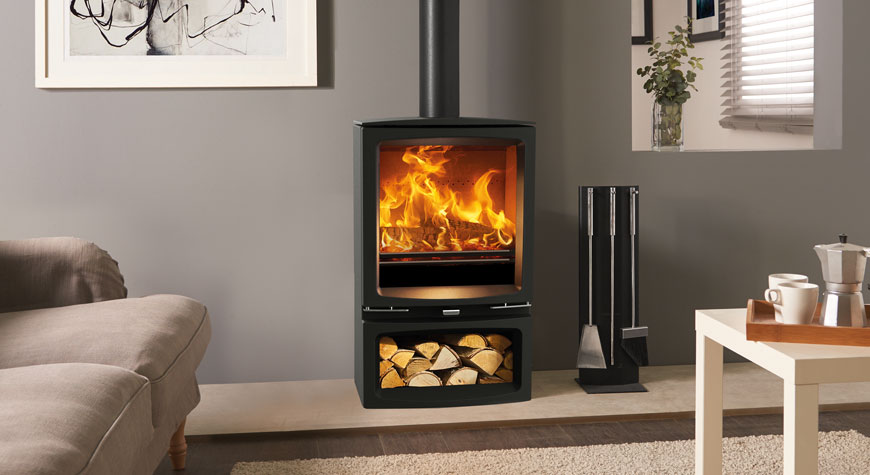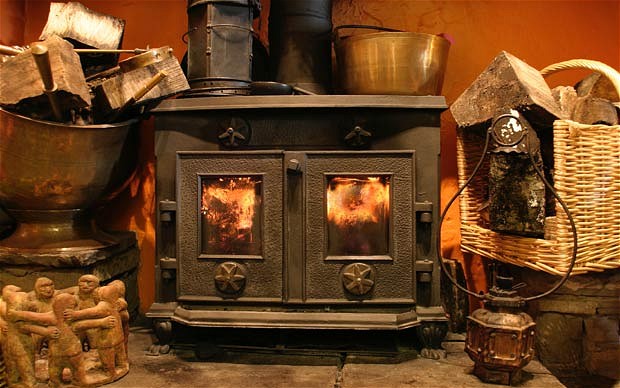Over the last few months there has been a concerted campaign amongst local authorities and some politicians suggesting that wood-burning stoves are causing serious air pollution. While there is no doubt that burning any fuel creates a degree of air pollution, the highly efficient wood-burning and multifuel stoves of today release relatively small amounts of pollution. They have primary, secondary and tertiary combustion stages which effectively burn the fuel, burn the excess gas and then burn the gas again. This ensures that before any gas is released into the flue pipe and up into the atmosphere it has been burnt as many times as possible. This also ensures maximum efficiency.
If you would like any advice please feel free to contact us on 01706 813393 or email us at sales@bowlandstoves.co.uk.
Wood-burning stoves and coal fires
We live in an era where politicians regularly introduce new environmentally friendly regulations and look to tackle air pollution. It is a little bizarre to put wood-burning stoves and coal fires in the same report when you consider their efficiency ratings. Modern day wood-burning stoves can be in excess of 80% efficient while their open coal fire counterparts are often between 20% and 30% efficient. The problem with wood-burning stoves, which is readily highlighted in the IPPR report, is created by those burning wet wood. Due to the make-up of the wood, when too moist there are more pollutants released into the atmosphere, some of which come into the PM2.5 category. However, burning dry wood on a wood-burning stove does not create anywhere near the same type of problem.
Rather bizarrely, the report calls on the government to ban the sale of “wet wood” despite the fact that dry wood can become wet wood simply by being stored in the incorrect manner. This is just another example of what seems to be a political witchhunt against those in possession of older stoves.
Switching to more efficient stoves
The very fact that even older wood-burning and multifuel stoves were “built to last” means that very few people will need to replace them for literally decades. They may need to replace certain parts of the stove but the body of the stove should remain as efficient as the day it was bought. So how will the government prompt a switch from older less efficient stoves to their more efficient counterparts?

Financial inducements
Over the years we have seen campaigns such as the car scrappage scheme which saw tax rebates for those willing to scrap their old vehicles and replace them with new more efficient models. There has been talk of a similar financial inducement for those owning older wood-burning stoves but so far nothing has materialised. It may be that this recent political pressure is building up to such an inducement which would create renewed activity in an already popular UK stove industry.
We will continue to monitor the situation carefully and as and when any financial inducements or schemes are announced will cover this in detail on the website. In the meantime, if you would like to compare the efficiency of your stove to that of more current models please feel free to contact us on 01706 813393 or email us at sales@bowlandstoves.co.uk.

